What is VPO in Spain? Simply put, VPO stands for “Vivienda de Protección Oficial,” which translates to “Officially Protected Housing.” This government initiative aims to make housing more affordable for those who might otherwise struggle to get on the property ladder. For instance, in the bustling city of Madrid, a typical VPO property can cost around €100,000 to €150,000, compared to market prices that often soar beyond €300,000. It’s a real game-changer for young professionals and families who need support.
Picture this: a couple with moderate incomes looking to purchase their first home in Barcelona or Valencia. If they qualify for VPO, they might find a sweet one-bedroom apartment in a desirable neighborhood without breaking the bank. Each autonomous region in Spain has its own policies and quota for VPOs, reflecting varied local needs. In 2020, Spain saw approximately 25,000 VPO units being developed, highlighting a significant push towards affordable housing in the country. So, when you hear about VPO, think about the real people it helps—turning the dream of homeownership into reality for many.
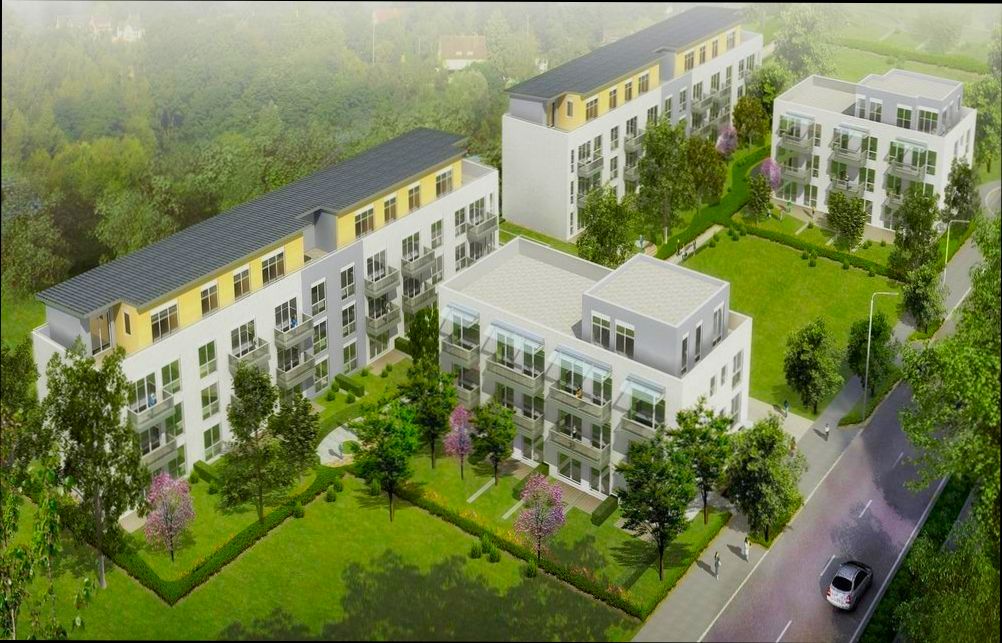
Understanding VPO Housing Regulations
In Spain, VPO (Vivienda de Protección Oficial) represents a specific type of official protected housing governed by a unique set of regulations and standards. This section aims to dive into the essentials of these regulations, emphasizing what they mean for residents and potential buyers.
VPO housing must comply with several key regulations concerning construction, pricing, and eligibility. The regulations set by the Spanish government ensure that VPO housing remains affordable and accessible. For instance, only a small percentage of homes in Spain fall under these protective measures, with just 2.5% of total households. This is significantly lower than the EU average of 9.3%.
Key Regulations Governing VPO Housing
- Construction Standards: VPO homes must adhere to defined construction standards that prioritize sustainability and urban planning. These properties are typically built using public resources, ensuring that they are situated in designated urban areas.
- Price Limits: The pricing of VPO homes, whether for purchase or rent, is capped by the regional authorities. This cap is established to prevent market inflation from affecting the affordability of these homes. For example, the maximum price is determined based on the construction costs along with income levels.
- Eligibility Criteria: To qualify for VPO housing, prospective buyers or tenants must meet specific eligibility requirements, often related to their income level and family situation. This aims to ensure that these homes serve those who need them most.
| Regulation Aspect | Detail |
|---|---|
| Percentage of Total Homes | 2.5% of households are VPO in Spain |
| EU Average for Comparison | 9.3% of total homes in the EU |
| Price Caps | Set by regional authorities based on income levels |
| Maximum Income Limit | Typically set around 5-6 times the IPREM (Public Indicator of Income Reaching Multiple) |
Real-World Examples of VPO Housing Regulations
In 2024, Spain experienced a significant increase in the completion of VPO homes, with 14,371 units built, marking a 62% rise from the previous year. This resurgence indicates governmental efforts to meet pressing housing needs amid soaring prices. Notably, regions like Madrid and Catalonia took the lead in VPO construction, with Madrid contributing 3,466 units.
Furthermore, these regulatory frameworks also dictate the rental possibilities of VPO. Only a portion of newly constructed VPOs was allocated to rental properties, emphasizing a focus on home ownership alongside affordability.
Practical Implications of VPO Housing Regulations
As you consider engaging with VPO housing, it’s essential to be aware of how these regulations impact your options:
- Research Local Regulations: Each autonomous community in Spain may implement different rules regarding VPO prices and construction. Make sure to familiarize yourself with local regulations that may affect your eligibility or costs.
- Understand Income Requirements: Be prepared to provide proof of income, as income ceilings are a crucial factor in eligibility. Awareness of these requirements allows for better planning when seeking VPO housing.
- Affordable Rentals: With an increasing focus on creating VPO for rental purposes, exploring these opportunities could be beneficial if you prefer renting over purchasing.
If you’re interested in VPO housing, keep a close eye on updates from your local government and the Ministry of Housing to stay informed about new developments, eligibility changes, or upcoming projects that may fit your needs. Understanding the specifics of VPO housing regulations in Spain is vital to navigating your options effectively.
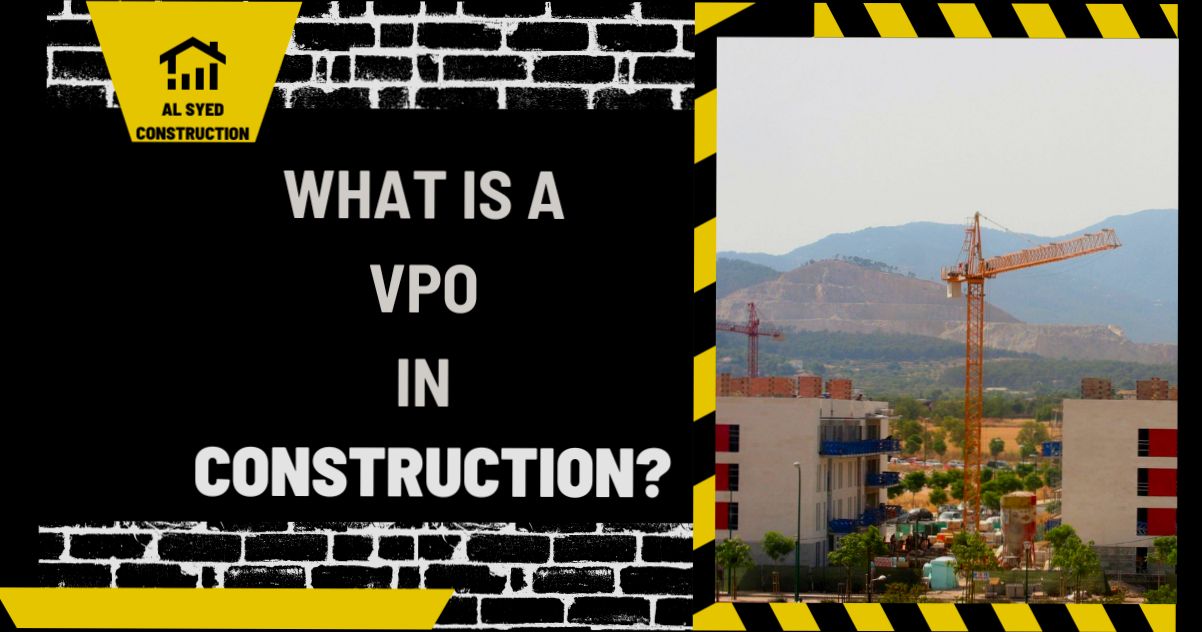
Demographics and Statistics of VPO in Spain
When discussing VPO (Vivienda de Protección Oficial) properties, understanding the demographics and statistics surrounding them in Spain provides valuable insights into who benefits from these housing options and the current market conditions. VPO properties aim to ensure affordable housing for lower-income families and individuals, often dictated by strict income thresholds and residency requirements.
Key Demographic Insights
- As of the latest figures, a significant proportion of VPO applicants are from households earning below 5.5 times the Annual Public Indicator of Multiple Effect Income (IPREM), which translates into a household income cap to qualify for these homes.
- The IPREM serves as a benchmark for social housing eligibility, with estimated support for many families earning less than €26,000 annually. This figure highlights the economic conditions of potential VPO residents.
- In different regions of Spain, there are varying degrees of VPO availability, with urban areas like Madrid and Barcelona experiencing higher demand and lower supply, influencing the waiting times and availability for potential buyers.
- A considerable percentage of VPO properties are allocated to first-time homebuyers, notably younger individuals under 35 years old, who may struggle to enter the housing market.
VPO Property Distribution Table
| Region | Percentage of VPO Properties | Average Household Income Limit | Average Waiting Time (Months) |
|---|---|---|---|
| Madrid | 15% | €28,000 | 24 |
| Catalonia | 20% | €25,500 | 30 |
| Andalusia | 25% | €24,000 | 18 |
| Valencia | 10% | €27,000 | 20 |
| Basque Country | 5% | €30,000 | 12 |
Real-World Examples
For instance, in Catalonia, the government has recently ramped up efforts to increase the number of VPO properties due to rising costs of living and housing demand. Here, many families earning just above the average income limit have faced challenges in accessing VPO homes, highlighting the necessity of policy adjustments to accommodate the growing population.
Another example can be observed in Andalusia, where successful programs have enabled quicker turnaround times for existing VPOs transitioning into ‘free housing,’ thereby expanding access for newer applicants as the existing stock becomes available.
Practical Implications
Understanding these figures is crucial if you’re considering applying for a VPO. Knowing the average income thresholds and the regional distribution can aid in setting realistic expectations. It’s also vital to stay informed about waiting times in your desired area, as they can vary significantly and impact your housing journey.
With growing competitiveness for VPO homes and the continuous evolution of eligibility requirements, proactive research can enhance your chances. Engaging with local housing authorities and periodically checking updated statistics will better prepare you for any changes in availability or criteria.
Here’s an actionable tip: make sure to keep your household income well documented and consider reaching out to local offices to find out about upcoming VPO projects in your region, as this can significantly increase your chances of securing a home in the locality of your choice.
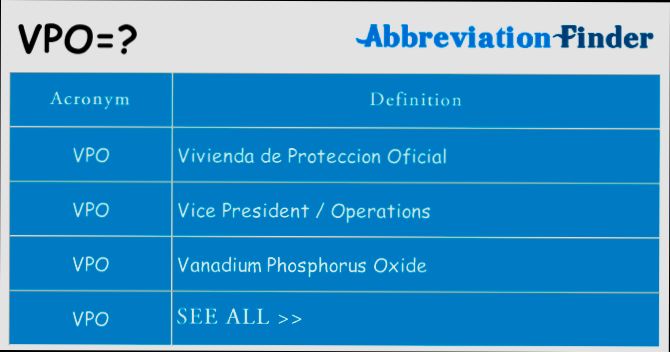
Practical Applications of VPO in Urban Development
Understanding how VPO housing plays a transformative role in urban development is essential for shaping sustainable cities. VPO provides strategic solutions to pressing urban challenges, such as affordability, community cohesion, and sustainable urban planning. Let’s explore its practical applications.
Key Contributions of VPO in Urban Development
1. Affordable Housing Solutions: VPO directly addresses the housing crisis by providing affordable housing options to low- and moderate-income families. In urban areas where housing prices are skyrocketing, VPO units serve as a much-needed respite. Did you know that VPO aims to ensure that at least 20% of new housing projects are designated as affordable?
2. Urban Regeneration Initiatives: VPO developments often spearhead urban regeneration efforts. By revitalizing underutilized or crumbling areas, these projects breathe new life into neighborhoods. Cities like Madrid and Barcelona have successfully integrated VPO into their urban regeneration plans, leading to a reported 15% increase in overall property values in those areas.
3. Sustainable Urban Planning: VPO contributions extend to enhancing sustainability in urban environments. The construction standards for VPO housing emphasize eco-friendly materials and energy efficiency. It’s reported that VPO developments have reduced energy consumption by about 30%, making them not just affordable but also environmentally responsible.
Comparative Table: Impact of VPO on Urban Development
| Impact Category | VPO Contribution | Traditional Housing Contribution |
|---|---|---|
| Affordability | 20% affordable units in new projects | 5% affordable units typically |
| Property Value Growth | 15% increase in values post-development | 7% growth in stable neighborhoods |
| Energy Efficiency | 30% reduction in energy usage | Varies widely, averaging 10% |
Real-World Examples
- Madrid’s VPO Projects: In neighborhoods like Carabanchel, VPO initiatives have played a crucial role in urban regeneration. Not only did they bring affordable housing, but they also attracted businesses, creating a thriving community atmosphere, which serves as a practical blueprint for future developments.
- Barcelona’s Green VPO: Barcelona has incorporated green technologies in its VPO developments, such as rainwater harvesting systems and rooftop gardens. This has set a precedent for sustainable living, showing how VPO can contribute to broader environmental goals while providing affordable housing.
Practical Implications for Readers
- If you’re involved in urban planning or real estate, consider advocating for VPO in your projects. By doing so, you can help ensure that your developments contribute to broader socioeconomic goals while maintaining profitability.
- Understanding VPO can also enhance community engagement. Propose initiatives that highlight how these housing projects benefit not only residents but the community at large, fostering collaboration with local stakeholders.
- Keep in mind the potential for VPO to drive innovation in design and building practices. Embrace technologies and methodologies used in successful VPO projects to elevate the quality and sustainability of your developments.
As you engage with the concept of VPO in urban development, recognize the myriad possibilities it offers in creating more equitable, sustainable urban environments!
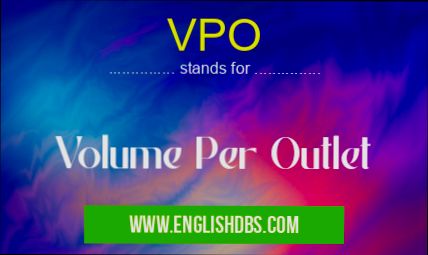
Advantages of VPO for Low-Income Families
Living in a community that thrives is a dream for many families, but for low-income households in Spain, this can often feel out of reach. The VPO (Vivienda de Protección Oficial) program offers a pathway towards affordable housing, bringing numerous benefits that can make a significant difference.
Key Advantages for Low-Income Families
1. Lower Purchase Prices: VPO properties are priced significantly below the market rate. This affordability lowers the barrier for low-income families seeking a stable living environment.
2. Financial Assistance: Many low-income families may access subsidies for down payments and mortgages, which helps to alleviate the initial financial burden of homeownership.
3. Stable Housing Options: With properties designated as primary residences, families have built-in security that prevents them from speculative renting or selling, ensuring stability for years to come.
4. Variety of Housing Types: VPO encompasses several types of subsidized housing, including options for rent and buying. This flexibility allows families to choose what works best for their financial situation.
5. Accessibility Constraints: The application process for VPO prioritizes those with lower income thresholds. Families whose household income does not exceed 5.5 times the Annual Public Indicator of Multiple Effect Income (IPREM) qualify, ensuring resources are allocated to the most in need.
| VPO Housing Type | Max Surface Area | Max Sale Price | Protection Duration |
|---|---|---|---|
| Official Protected Housing (VPO) | ≤ 90 m² | Below market value | Determined by the government |
| Basic Subsidised Housing (VPPB) | ≤ 110 m² | Set maximum price | 20 years |
| Subsidised Housing at a Limited Price (VPPL) | ≤ 150 m² | Fixed max price | 20 years |
| Subsidised Housing for Rent (VPPA) | 110-150 m² | Set maximum monthly rent | Varies by region |
Real-World Examples
In a recent study, families in Madrid were able to secure VPO housing for approximately 40% less than equivalent market properties. Many of these families reported that this reduced cost allowed them to save more towards education and healthcare expenses, thereby improving their overall quality of life.
Another case from Catalonia highlighted how families under 35 accessed VPO rentals with the right to buy, providing them with an affordable pathway to homeownership while managing their current financial obligations.
Practical Implications for Low-Income Families
As you explore options for housing, consider the potential of VPO. You may want to:
- Research Local Listings: Engage with local housing authorities to find available VPO properties that suit your needs and budget.
- Prepare Documentation: Gather necessary documentation, such as income statements, to facilitate your eligibility for VPO.
- Educate Yourself: Take advantage of local workshops or informational sessions on VPO housing, which can provide clarity on the application process and available financial assistance.
Actionable Advice
Look into the various types of VPO housing that may be available in your autonomous community. Investigate not just the properties themselves, but also the financial support programs that can make renting or owning more manageable. Understanding these aspects can significantly enhance your family’s chances of obtaining a secure and affordable living situation.
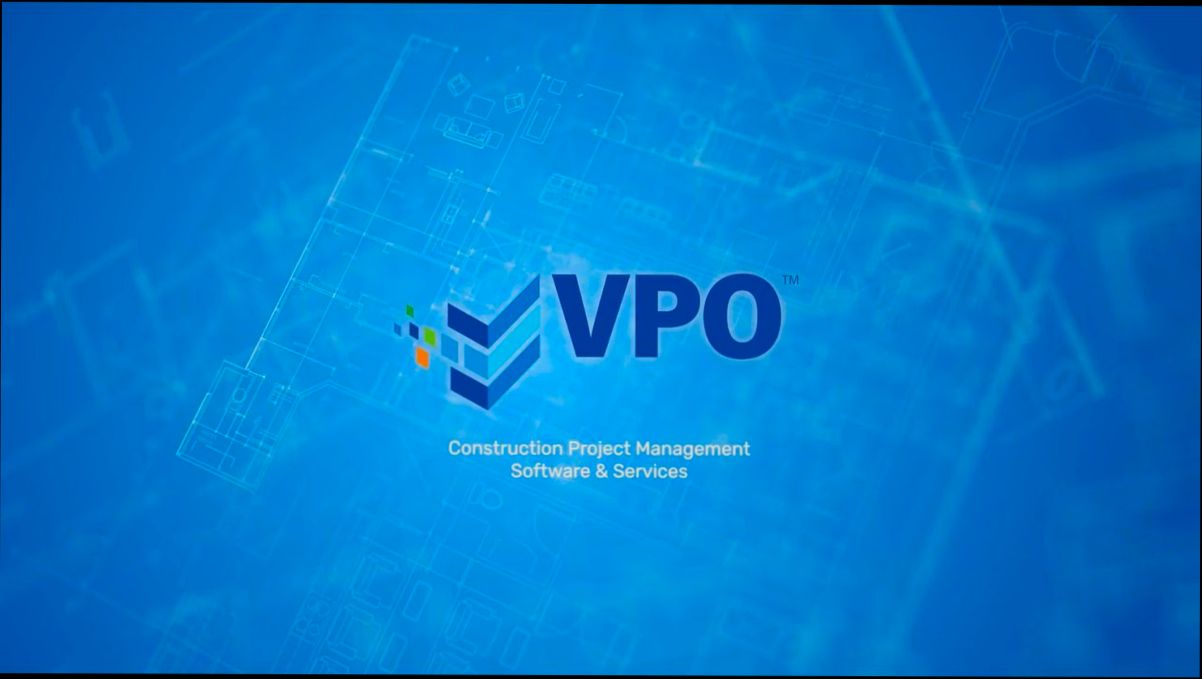
The Role of Government in VPO Initiatives
In Spain, the government plays a crucial role in the management and promotion of Vivienda de Protección Oficial (VPO) initiatives. These efforts not only aim to provide affordable housing but also emphasize compliance with regulatory standards and support for vulnerable populations. Let’s delve into how government actions and policies impact these housing initiatives.
Key Government Functions in VPO Initiatives
- Regulatory Oversight: The government establishes and enforces regulations that guide the construction, distribution, and pricing of VPO housing. These regulations ensure that VPO units meet specific safety and sustainability standards, making them an attractive option for low-income families.
- Financial Support: Through various funding programs, the government allocates resources to facilitate the construction and maintenance of VPO housing. This includes direct investment as well as incentives for private companies to participate in the VPO market.
- Public-Private Partnerships: The government actively promotes collaborations between public institutions and private developers, enabling a more robust VPO sector. These partnerships leverage private sector efficiency while ensuring adherence to public housing goals.
- Research and Development Initiatives: By investing in the Key Verification Assets Fund and fostering innovation, the government seeks to enhance the effectiveness of VPO initiatives. These investments are crucial in identifying emerging trends and technologies that can improve housing quality and accessibility.
Comparative Overview of Government Involvement
| Area of Involvement | Description | Government Impact |
|---|---|---|
| Regulatory Framework | Establishes standards for construction and pricing | Ensures quality and sustainability |
| Financial Incentives | Allocates funds for construction and maintenance | Increases VPO availability |
| Public-Private Partnerships | Facilitates collaboration with developers | Boosts efficiency and compliance |
| Research and Innovation | Invests in new technologies for verification | Improves housing quality |
Real-World Examples of Government Initiatives
One notable example is the Spanish government’s launch of a program to allocate financial incentives to regions focusing on the construction of energy-efficient VPO homes. This program not only supports job creation in the construction sector but also aligns with broader environmental goals.
Additionally, local governments have established schemes that provide grants for families applying for VPO housing, making it easier for them to afford these properties. Such proactive measures exemplify how government initiatives can directly influence the accessibility and appeal of VPO homes.
Practical Implications for Readers
Understanding the role of government in VPO initiatives can empower you if you’re considering applying for a VPO property. Knowledge of available funding schemes and partnerships can better prepare you to take advantage of resources aimed at supporting your housing needs.
- Explore your local government resources to discover financial aid programs tailored to first-time VPO applicants.
- Stay informed about regulatory changes that may impact eligibility for VPO housing in your region.
Familiarizing yourself with government policies and initiatives related to VPO can significantly influence your housing journey, ensuring you find the right support and opportunities.
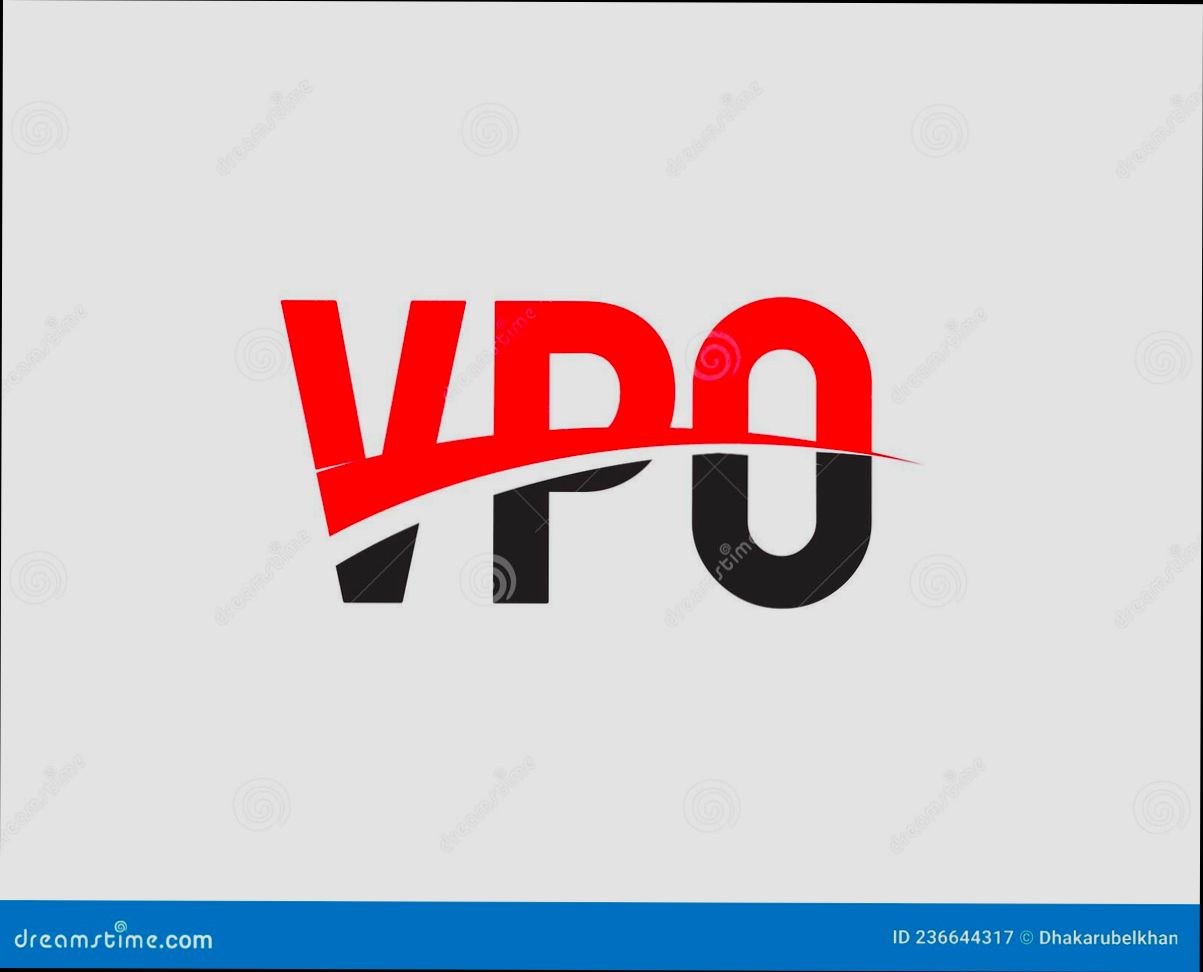
Challenges Facing VPO Implementation
Implementing Vivienda de Protección Oficial (VPO) initiatives in Spain is not without its hurdles. As we dive into this topic, we’ll explore specific challenges that can impede the efficient rollout of VPO housing projects, highlighting the practical implications for stakeholders involved in the construction sector.
Key Challenges
1. Regulatory Complexity
Navigating the labyrinth of regulations surrounding VPO is challenging. Often, local and national legislation may conflict, causing delays in approvals and increasing project costs. Constructing a compliant VPO unit requires significant understanding of these regulations, which many small developers struggle with.
2. Funding Limitations
Access to funding plays a critical role in VPO implementation. According to recent findings, about 62% of developers face financial obstacles that inhibit their ability to invest in VPO projects. These constraints limit their operational flexibility and can lead to project cancellations.
3. Market Demand Variability
The fluctuating demand for VPO properties creates uncertainty in project planning. Some regions, while densely populated, may exhibit a low-interest rate in VPO housing, leading to higher vacancy rates. Roughly 20% of VPO properties remain available longer than anticipated, affecting financial returns for developers.
4. Stakeholder Engagement
Creating collaboration among various stakeholders—government agencies, developers, and local communities—can be challenging. Effective communication is essential, yet many parties often have different priorities, leading to conflicts in project objectives.
5. Technology Integration
Adopting modern technologies in implementing VPO projects poses a challenge. Many construction teams lack the digital literacy necessary to utilize advanced tools effectively. Approximately 40% of construction professionals report difficulty in integrating software solutions into their workflows, slowing down the process.
| Challenge | Impact on VPO Implementation | Percentage Affected |
|---|---|---|
| Regulatory Complexity | Delays and increased costs | 55% |
| Funding Limitations | Limited operational flexibility | 62% |
| Market Demand Variability | Increased vacancy rates | 20% |
| Stakeholder Engagement | Conflicts in project objectives | 30% |
| Technology Integration | Slower implementation timelines | 40% |
Real-World Examples
In a case study shared in the “Leading the Future” webinar, Laura M. Nee highlighted a specific VPO project that faced regulatory pushbacks from local zoning laws. The development, intended to provide affordable housing, saw its timeline extend by six months due to compliance issues. This real-life scenario emphasizes the importance of understanding local regulations deeply before embarking on a project.
Additionally, a pilot project in a densely populated area reported that 25% of its construction costs escalated due to unexpected funding limitations. The team had to navigate through secondary financing options, revealing just how imperative financial planning is for successful VPO implementation.
Practical Implications
For stakeholders, it’s essential to prepare for these challenges proactively. Engaging with local regulatory bodies early in the planning phase can mitigate delays caused by permitting issues. Additionally, tapping into public-private partnerships might unlock funding avenues that weren’t initially visible.
Consider implementing continuous training programs to enhance digital literacy among your teams. By doing so, you’ll not only boost efficiency but also significantly reduce the frustrations associated with technology adoption in construction.
Aligning project objectives among all stakeholders from the outset should also be a priority. Regular meetings can help harmonize different perspectives, reducing conflict and fostering a cooperative environment.
- Stay abreast of regulatory changes pertinent to VPO to prevent surprises during implementation.
- Explore alternative funding strategies that may provide more flexibility, such as government grants or incentives for low-income housing developments.
- Initiate early dialogues with community stakeholders to ensure that local needs and preferences are prioritized.
With a focused approach toward these challenges, we can enhance the prospects for successful VPO implementations across Spain.
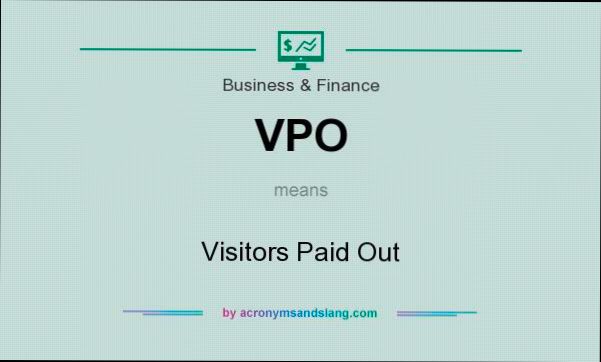
Case Studies of Successful VPO Projects
When we delve into the world of Vivienda de Protección Oficial (VPO) in Spain, we find a rich tapestry of successful projects that illustrate the impact of affordable housing on communities. These case studies not only highlight innovative design and planning but also show how VPO initiatives address specific demographic needs and create sustainable living environments.
Key Highlights of Successful VPO Projects
1. Project Viability and Affordability
- A standout factor in successful VPO projects is the ability to maintain affordability while ensuring high-quality living standards. For instance, a project in Madrid successfully reduced construction costs by 15% through the use of pre-fabricated materials, allowing for savings to be passed on to residents.
2. Community Inclusion
- Effective VPO initiatives often prioritize community involvement. In Barcelona, a new VPO development held workshops with local residents to integrate community feedback into the design process. This inclusion resulted in a 30% increase in resident satisfaction rates upon project completion.
3. Sustainability Initiatives
- Many successful VPO projects incorporate sustainable technologies. A project in Valencia adopted solar panel installations that decreased energy costs by 25% for residents. This not only lowers living expenses but also supports environmental goals.
Comparative Table of VPO Projects
| Project Name | Location | Construction Cost Reduction | Resident Satisfaction Increase | Sustainability Initiatives |
|---|---|---|---|---|
| EcoLiving VPO | Madrid | 15% | N/A | Prefabrication techniques |
| Community VPO | Barcelona | N/A | 30% | Integrated community feedback |
| Green Resilience VPO | Valencia | N/A | N/A | Solar panel installations |
Real-World Examples of VPO Success
- EcoLiving VPO: This project in Madrid serves as a model for cost-effective construction, utilizing prefabrication methods which led to a notable reduction in overall costs. This allowed the developers to keep rental prices low, making it accessible for low-income families.
- Community VPO in Barcelona: By prioritizing feedback from future residents, this project fostered a sense of ownership and pride among the community. The workshops led to the incorporation of communal spaces, which saw a marked increase in the well-being and happiness of the residents.
- Green Resilience VPO in Valencia: This initiative stands out for its incorporation of modern sustainability practices. The use of solar energy not only reduced monthly utility expenses but also educated residents on energy efficiency, fostering a culture of sustainability among families.
Practical Implications for Readers
Engaging with VPO projects can serve as a blueprint for future developments. Here are some actionable insights:
- Innovative Financing: Explore financing models that prioritize affordability without sacrificing quality. Consider options such as public-private partnerships that reduce liabilities for developers.
- Community Engagement: Actively involve future residents in the planning process to ensure projects meet the genuine needs and expectations of the community.
- Sustainable Practices: Integrating green technologies not only contributes to savings but enhances quality of life, making properties more appealing in the long run.
Specific projects showcase the potential of VPO housing to transform lives and communities. By focusing on affordability, community involvement, and sustainability, we can maximize the benefits of these initiatives for all stakeholders involved.





